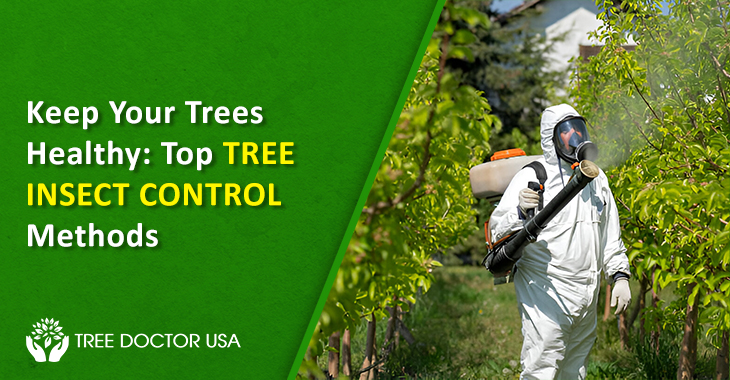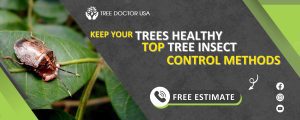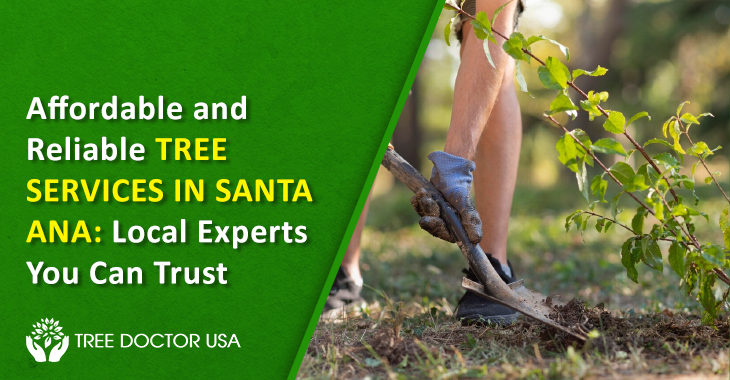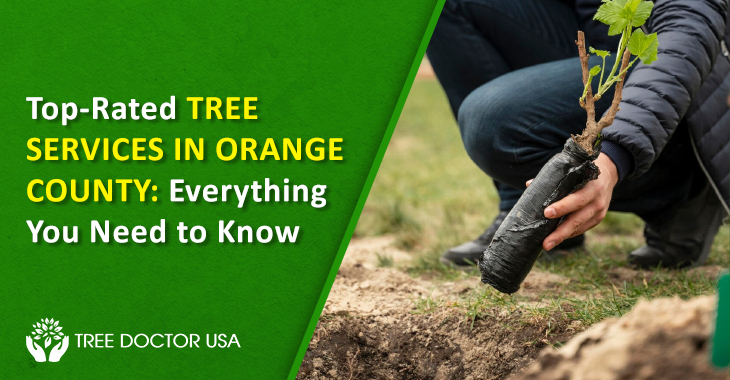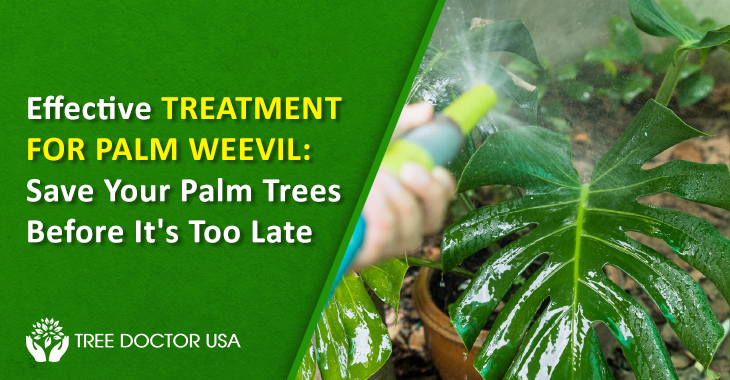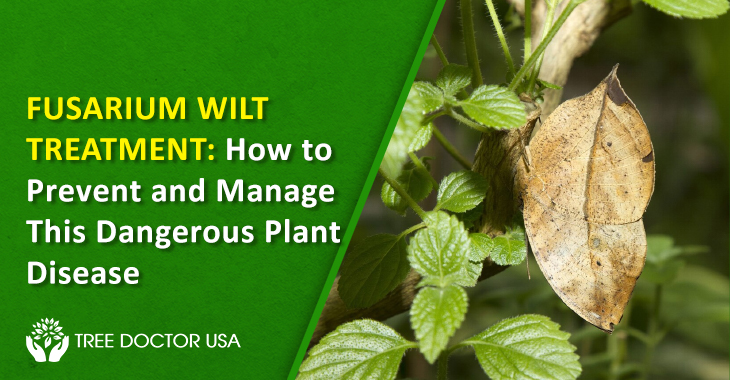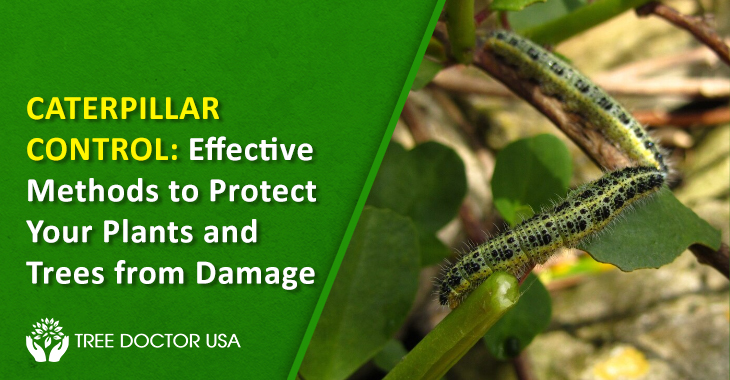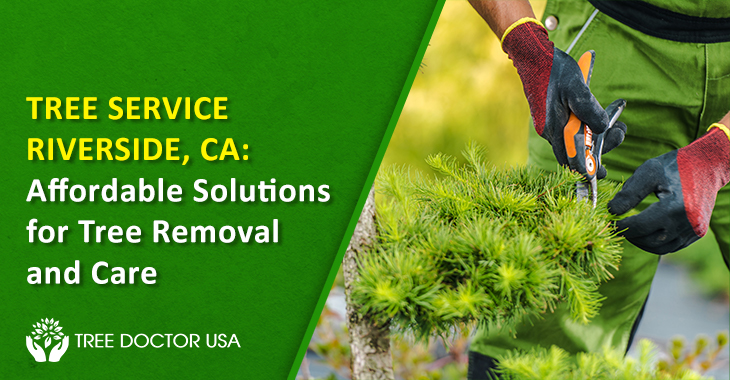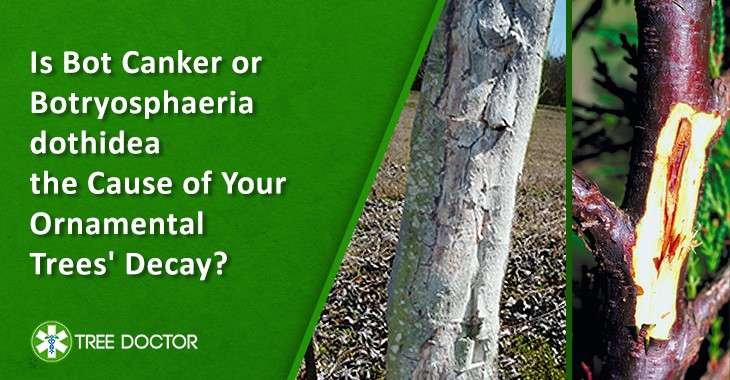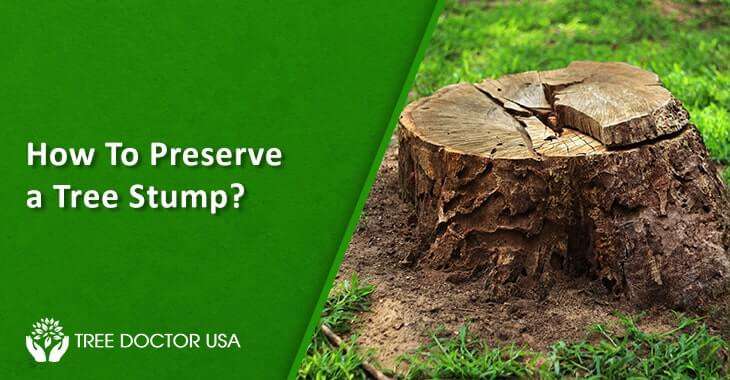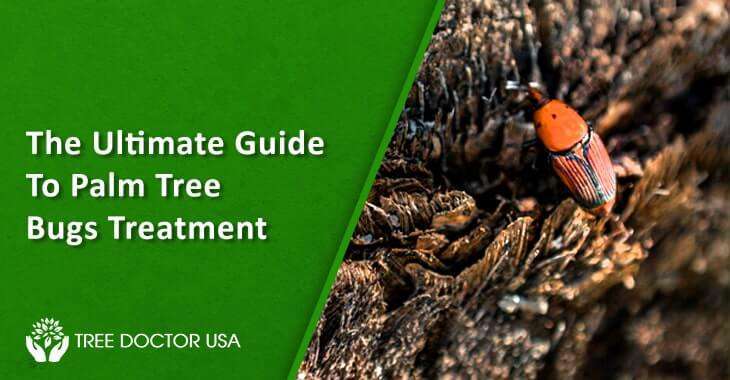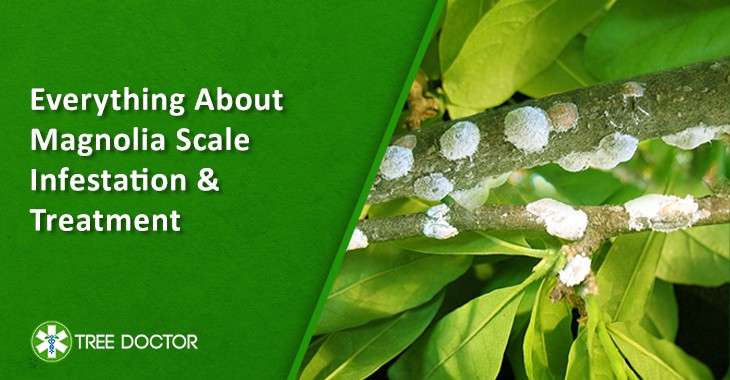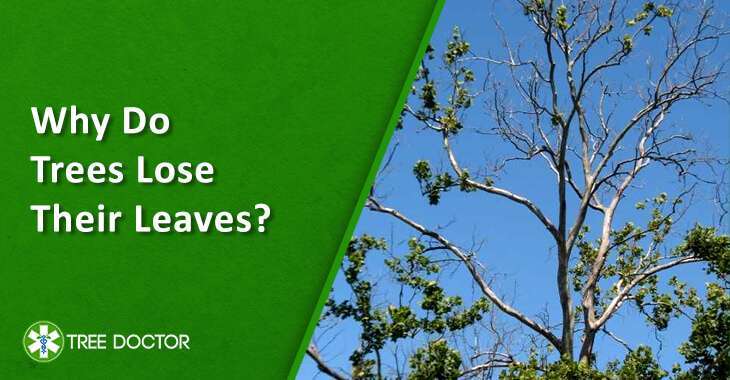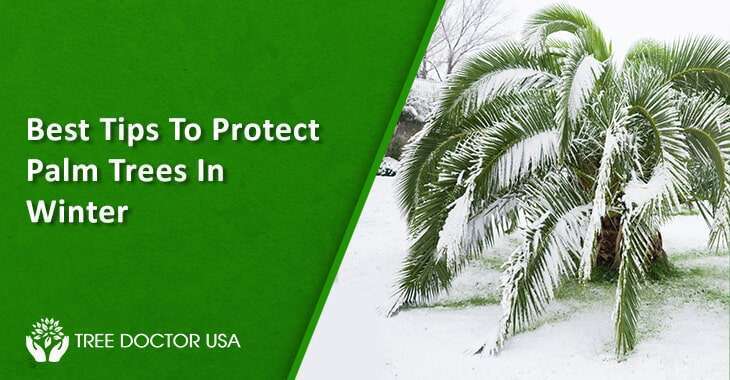Keep Your Trees Healthy: Top Tree Insect Control Methods
Keeping your trees healthy is essential for your yard and the environment. Tree insects can damage your trees if not appropriately controlled. Knowing how to manage these pests can save your trees from serious harm. This blog will discuss and help you choose your top method for tree insect control.
These methods include regular inspection, proper watering, and the use of beneficial insects. We will also explore professional tools used for more severe infestations. Understanding these techniques lets you keep your trees healthy and free from harmful insects.
Top Tree Insects Control Methodologies You Must Know
Regular Inspection
Check your trees often for signs of insects. Look for holes, chewed leaves or unusual spots.
Proper Watering
Water your trees properly. Healthy trees can resist insect attacks better.
Mulching
Add mulch around the base of your trees. Mulch helps keep the soil moist and reduces weeds.
Pruning
Prune your trees to remove dead or diseased branches. This prevents insects from spreading.
Beneficial Insects
Introduce helpful insects like ladybugs for the tree insect control methodologies. They eat harmful insects and protect your trees.
Neem Oil
Use neem oil spray. It’s natural and helps kill many types of tree insects.
Insecticidal Soap
Apply insecticidal soap. It’s safe for trees and effective against soft-bodied insects like aphids.
Sticky Traps
Place sticky traps around your trees; this is considered one of the best tree insect control methods. These traps catch flying insects before they can harm your trees.
Tree Banding
Use tree bands to prevent insects from climbing up the tree. This is especially useful against pests like cankerworms.
Healthy Soil
Keep the soil healthy with compost and fertilizers. Healthy soil supports strong trees that can fend off insects.
Chemical Pesticides
Use chemical pesticides as a last resort. Follow instructions carefully to avoid harming the tree or environment.
Professional Help
If the infestation is severe, call a professional arborist. They can provide expert treatment for your trees.
Tools Used by Professionals During the Tree Insects Control Phase
1. Sprayers
Sprayers are used to apply insecticides to trees. There are different types of sprayers, including backpack sprayers, hose-end sprayers and power sprayers. Backpack sprayers are small and can be carried on the back.
They are suitable for treating small trees or specific areas. Hose-end sprayers attach to a garden hose and can reach higher parts of the tree. Power sprayers are more extensive and use a motor to spray insecticides over a large area. They are used for big trees or many trees in an ample space.
2. Insecticide Injectors
Insecticide injectors are used to inject chemicals directly into the tree. This method is called trunk injection. It involves drilling small holes into the tree and injecting the insecticide into the vascular system.
The insecticide then moves through the tree, killing insects that feed on it. Tree insect control methods are very effective because they directly target insects and reduce the chemicals released into the environment.
3. Soil Drench
Soil drenching is where insecticides are applied to the soil around the tree’s base. The roots absorb the insecticide and transport it throughout the tree.
This method helps control insects that feed on the roots or lower parts of the tree. It is easy to apply and can be done with a watering can or a hose-end sprayer.
4. Traps
Traps are used to monitor and control insect populations. Different types of traps exist, such as sticky, pheromone, and light traps. Sticky traps have sticky surfaces that capture insects when they land on them.
Pheromone traps use chemicals that attract specific insects, luring them into the trap where they get stuck or killed. Light traps use ultraviolet light to attract insects, which get caught in the trap. Traps help reduce the number of insects and for monitoring their population levels.
5. Biological Control Agents
Biological control agents are natural predators or parasites of harmful insects. They are introduced to the area to reduce the population of pests. Examples include ladybugs, which eat aphids and nematodes, which attack insect larvae in the soil.
This method is eco-friendly because it uses natural organisms to control pests instead of chemicals.
6. Pruning Tools
Pruning should be done carefully to avoid spreading the insects to other parts of the tree or other trees. Proper disposal of the pruned material is also essential to prevent further infestation.
7. Monitoring Devices
Monitoring devices help professionals track insect populations and treatments’ effectiveness. Examples include pheromone traps and digital monitoring systems.
These devices provide data on the types and numbers of insects present. This information helps in making decisions about the timing and type of treatments needed.
Final Words
By implementing tree insects control methods, you are taking proactive steps to maintain the health and beauty of your trees. Regular inspection and proper care can prevent many issues before they become serious.
Natural solutions like neem oil and beneficial insects offer safe and effective pest control options. For more persistent problems, professional services from Tree Doctor USA tools and techniques provide reliable solutions.
With these strategies, you can confidently protect your trees from harmful insects, ensuring they thrive for years. Your dedication to tree care will result in a vibrant, healthy landscape that enhances the beauty of your home.

